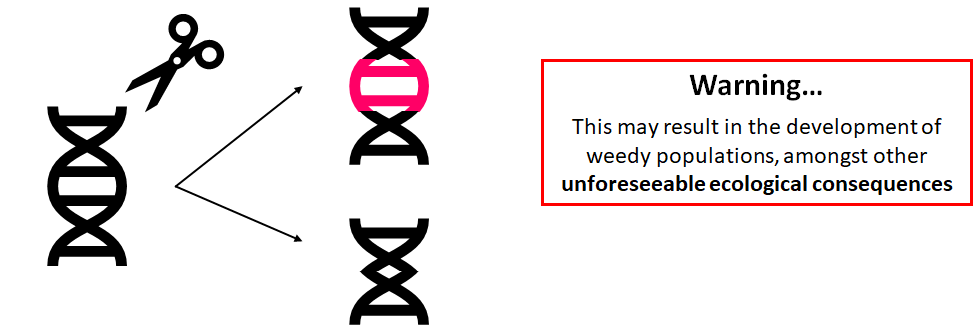Conservation and enhancement of evolutionary resilience
Enhancement of evolutionary resilience refers to artificially increase “the ability of populations to persist in their current state and to undergo evolutionary adaptation in response to changing environmental conditions” (Thrush et al., 2009)
The prerequisites for a population to keep its identify and integrity under environmental changes (factors that should be considered when planning for the enhancement of evolutionary resilience) are:
- Intactness (operability) of the mechanisms of the genetic system
- Recognition of the mechanisms’ external conditions for operation (operational conditions)
- Availability of genetic variation for alteration of these mechanisms
Enhancement of evolutionary resilience techniques can be carried out at different scales (single population, multiple populations of one species, multiple populations of multiple species, etc.) depending on our management goals and what the impact of climate change is on the target population/taxon.
Are these techniques practical given the investment of resources required?
Enhancement of evolutionary resilience may only be viable if climate change is affecting a CWR population that contains a really important trait, as it is not feasible to be applied to a large number of CWR populations and/or taxa. It may be more conservation resource efficient to ensure that enough populations for each CWR taxon are designated to complement each other in diverse ecogeographic zones and replace any lost populations by nominated replacement populations. However, where such replacement is not possible, applying options such as those above are the only choice available. Additionally, up-to-date back-up ex situ gene bank populations is essential.


